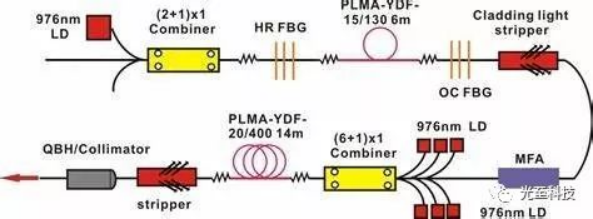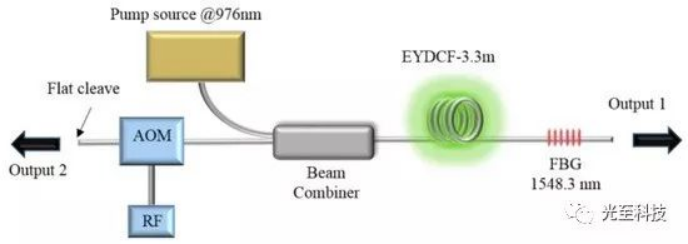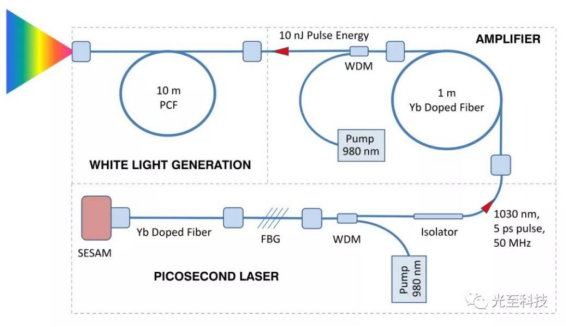Welcome:GZTECH
Welcome:GZTECH
In the realm of industrial laser technology, MOPA laser sources have emerged as a vital tool for precision tasks such as marking, cutting, welding, and drilling. Short for "Master Oscillator and Power Amplifier," the MOPA configuration utilizes nanosecond pulsed fiber lasers built upon an electrically modulated seed source and multi-stage power amplification. This article delves into the intricacies of MOPA laser sources and their significance in modern industrial applications.
Unlike conventional laser architectures, the MOPA configuration strikes a balance between complexity and performance. While single-oscillator setups face limitations in achieving desired output parameters, the inclusion of power amplifiers within the MOPA structure mitigates these challenges. This architecture facilitates the design of high-performance lasers by distributing the complexity between the oscillator and the amplification stages.
For continuous-wave lasers, advancements in fiber laser technology have driven power outputs from 500W to 3kW, primarily owing to improved fiber Bragg gratings' power handling capabilities. However, MOPA architecture becomes essential when further power scaling or complex spectral and polarization requirements emerge.

Pulse lasers, like solid-state green and UV lasers, often adopt single-oscillator configurations. These lasers employ frequency-doubling and frequency-tripling crystals for high-order harmonic generation. For pulse lasers, MOPA structure is crucial to controlling parameters such as spectrum, pulse width, repetition rate, and polarization. This configuration involves multiple functional components like fiber gratings, acousto-optic modulators, and saturable absorbers, each tailored for specific tasks.
Oscillators form the core of laser systems and dictate most of the laser's characteristics. Oscillator types range from continuous-wave oscillators to Q-switched and mode-locked lasers. Q-switched lasers, for instance, employ acoustic-optic modulators to generate specific pulse widths and repetition rates. Mode-locked lasers, on the other hand, achieve ultrafast pulsing through mechanisms like saturable absorbers and non-linear effects.

Q-switched lasers

Mode-locked lasers
The power amplification stage, often comprising multiple amplifiers, plays a crucial role in enhancing laser output. Amplifiers come in various configurations, including forward, backward, and bidirectional pumping schemes. Achieving desired average power, gain, and signal-to-noise ratio while managing non-linear effects and potential damage risks necessitates meticulous amplifier design and gain distribution.
GZTECH specializes in high-power nanosecond pulsed fiber MOPA lasers. Leveraging a single-mode semiconductor oscillator, these lasers produce adjustable nanosecond pulses through pulse modulation. Amplification, achieved through two or three amplifier stages, employs reverse-pumping techniques. Optical isolation and mode field adapters between amplifier stages ensure optimal performance and beam quality.
MOPA laser sources from GZTECH are at the forefront of precision laser applications. Their versatile configurability, rapid parameter adjustment, and fine control capabilities make them indispensable tools in various precision laser processing tasks. As industrial demands evolve, MOPA lasers continue to pave the way for innovation and excellence in laser technology.

By continuing to use the site you agree to our privacy policy Terms and Conditions.